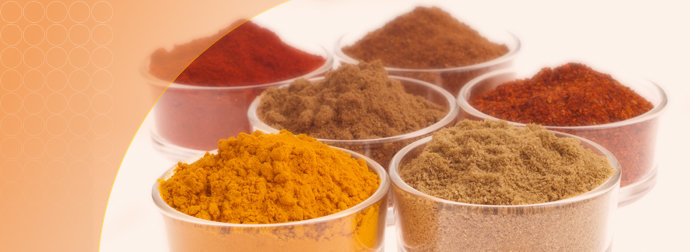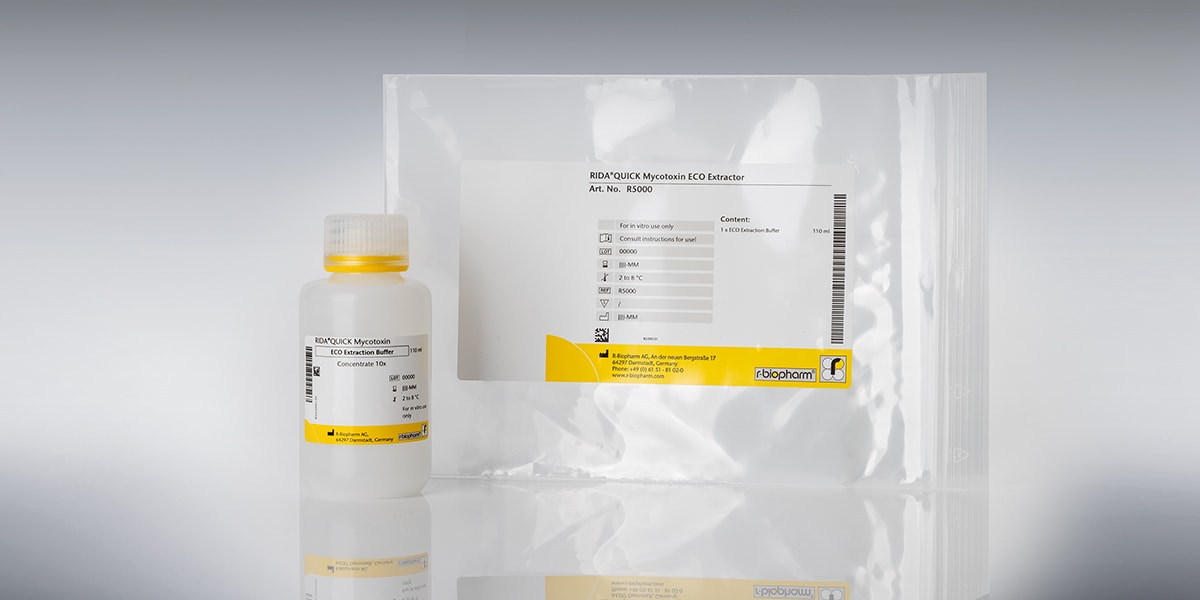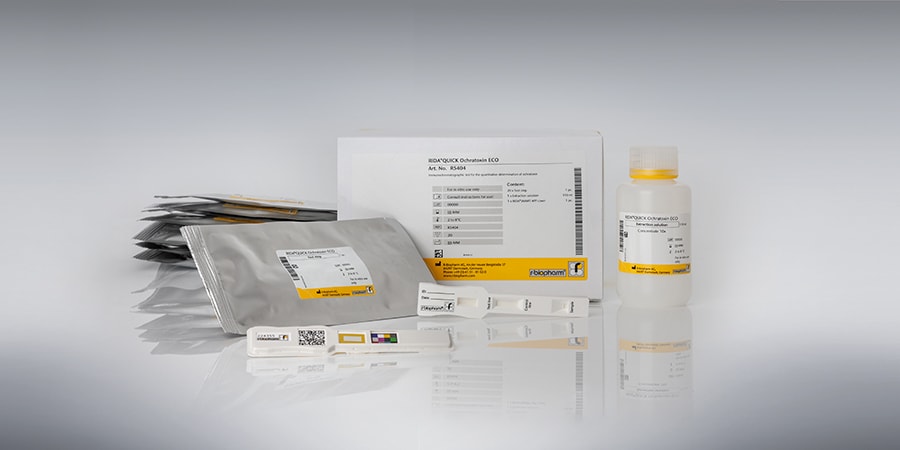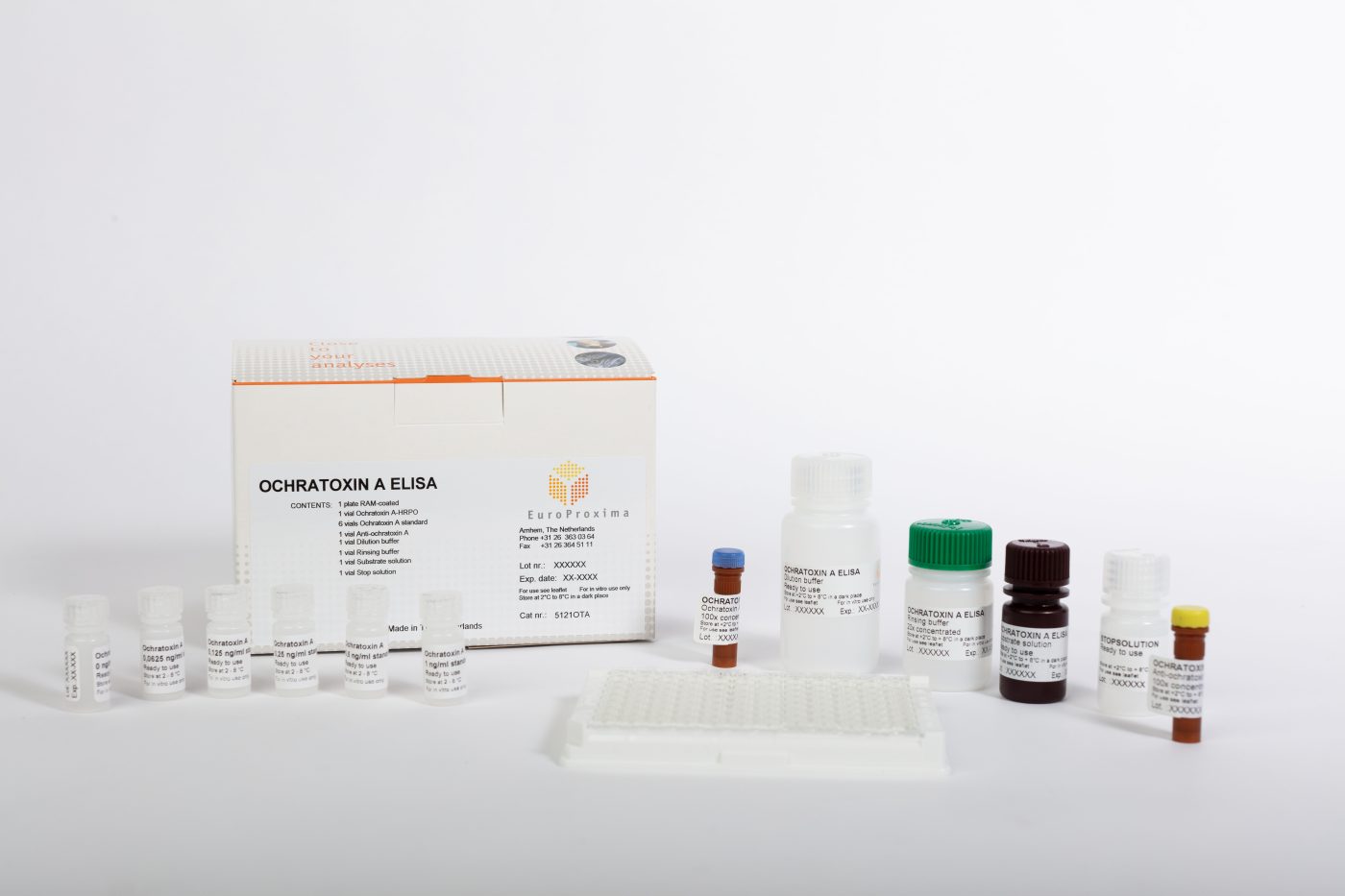
Neuigkeiten aus dem Bereich der Lebensmittel- und Futtermittel-Analytik
- Home
- /
- 5 potential hazards in...
5 potential hazards in spices to keep an eye on

It is hard to imagine great tasting food without using spices. Yet, did you know spices can be associated with various food hazards? In the European Rapid Alert System for Food and Feed (RASFF) herbs and spices play an important role. A brief overview of potential food hazards in spices.
1. Mycotoxins – New limits for ochratoxin A in spices
Improper drying of agricultural products will lead to mold growth and mycotoxin production. Spices are
no exception. It is no surprise mycotoxin contaminations triggered almost one third of the RASFF notifications in the first half of 2015. Aflatoxins and ochratoxin A are the most commonly found mycotoxins in spices. The EU has specified maximum levels in spices like paprika, chili powder, pepper, nutmeg and turmeric. On July, 13 the European Commission decided to lower the maximum level of ochratoxin A in capsicum spices from 30 µg/kg to 20 µg/kg. This new limit applies to all products already on the market since January, 1, this year. Read more how to analyze ochratoxin A in spices.
2. Salmonella – An unexpected hazard
Spices are probably not the first products you associate with Salmonella infections. Yet Salmonella contaminations caused 12 out of 69 notifications in the RASFF during the first 6 months of this year. Food Quality News described a Salmonella outbreak in Sweden, where more than 150 people sickened. The Swedish public health agency could trace this back to spice mixes. Due to the long shelf life of spice mixes and the fact Salmonella can survive in dried spices, outbreaks can be widespread. Learn more about Salmonella detection methods.
3. Allergens – The story continues
End of last year undeclared allergens in spices caused recalls in the United States and Europe. Several laboratories identified peanut traces in cumin and later in chili powder. Adulteration with ground peanut shells is most likely the explanation. Early this year traces of (presumably) almond were found in spices. But was it really almond? The Canadian Food Inspection Agency rescinded a previous recall of undeclared almond in spices. Confirmatory tests identified the closely related Prunus mahaleb, a common spice from the eastern Mediterranean instead of almond. Find out how PCR can help you confirm initial positive results.
4. Adulteration – Sudan and other illegal dyes
Spices have a high economical value. Although illegal, adulteration may be financially attractive but it may have serious health risks too, as the peanut shell adulteration of cumin showed. In previous years Sudan dyes were used to intensify the color of paprika powder and other spices. These dyes are potential carcinogens and not allowed in the EU. Although banned, the RASFF still mentions several alerts for illegal dyes every year.
5. Chemical contaminants – Pesticides, metals
The usual suspects with respect to hazards in spices: Pesticides and metals like lead, arsenic and cadmium. Improper use of pesticides will lead to unacceptable levels of residues. Environmental contamination with metal should be avoided and monitored to minimize contamination levels.

Great tasting food requires good quality spices. Effective risk management and solid quality control will help to assure a good quality. We can offer the appropriate methods to analyze mycotoxins, pathogens, allergens and other potential hazards in spices. Just contact us here to learn more:
Send a message to



